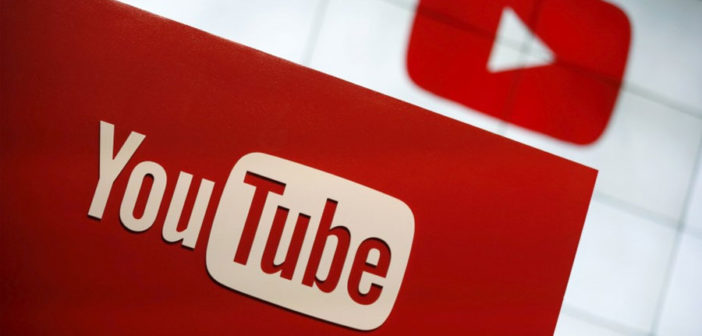The vast majority (94%) of advertisers are still worried about brand safety, with almost half saying they don’t think platforms like YouTube and social networks like Facebook are doing enough about it.
As a result, around 45% of advertisers are funneling spend into premium publishers in a bid to solve the issue.
Amid a race towards GDPR compliance and intense scrutiny around the way tech platforms and advertisers use consumer data, concerns around brand safety haven’t been as prominent in the headlines are they were in 2017; the height of YouTube’s ‘big brands fund terror’ scandal.
However, a study from Advertising Perceptions (commissioned by Oath and seen by The Drum) surveyed some 300 marketers on the topic and found that 58% were more concerned about ad misplacement compared to last year, showing anxiety around the issue continues to bubble on.
While 51% of respondents said that social media platforms were doing a good job at tackling the issue, 45% said they were doing a “poor” job. When it came to user generated content platforms like YouTube, 54% said they are confident their concerns were being addressed, however 42% said they weren’t.
Ad exchanges and DSPs came out on top for confronting the issue head on, with 70% of brand marketers saying they were leading the way in this respect.
Facebook and YouTube are ‘cleaning up their own backyards’
For YouTube, 2017 was bookmarked by a series of brand safety crises. While the matter has been the subject of ad industry discussion for years, things came to a head last January when the Times ran an expose noting that the UK government, Mercedes-Benz and Waitrose were among the brands running ads alongside extremist and pornographic content on the Alphabet-owned video site.
Then, in November – after a series of crunch talks, reparations and some brands pulling spend – the Times published another report alleging that campaigns from some of the world’s biggest brands, including Adidas, had been featured adjacent to videos depicting “undressed” or “scantily clad” children. The paper also claimed these videos were attracting “comments from paedophiles”.
In April, a similar CNN investigation caused Under Armour to pull spend after it was revealed that its content was hosted on YouTube channels that promoted white nationalists, Nazis, paedophilia and North Korean propaganda.
Since then, YouTube has opened itself up to the brand safety standards set by set by the Joint Industry Committee for Web Standards (Jicwebs) in a bid to be “more transparent” on top of assuaging advertisers with greater control over where their ads appear.
It’s also been working against a four-pronged plan of action which has seen it hire more people and invest in machine learning to vet videos. It’s also sought to clean up its own back yard by implementing stricter advertising criteria to give marketers peace of mind about where their ads are running. In the UK at least though, brands remain cautious.
When it comes to Facebook, its focus is similarly on assuaging the advertisers that invest within its walls.
Speaking earlier this year, Steve Hatch, Facebook’s vice-president for Europe, said the social network now had over 2,000 staff tasked with focusing on the “integrity” of its platforms.
“With the application of AI we review 99% of all IS and Al Qaeda content before it’s been reported and often before it reached the platforms itself,” he noted.
He continued: “I recognise that we have a huge responsibility to address specific concerns of advertisers and the industry, just some of the issues that are topical and on the list are measurement, brand safety and transparency. In each case we’ve listened and we’ve acted.”
Facebook has also signed up for accreditation by the Media Ratings Council.
Gold standard
Stateside, the 4A’s recently announced the formation of a brand safety task force, called the Advertiser Protection Bureau (APB).
Through this bureau, agencies will share the collective responsibility of achieving what the trade body calls ‘Advertising Assurance,’ or how the association defines its efforts to enforce environments where brands and consumers can coexist with trust.
The scheme has the potential to streamline a process in which risky environments are flagged by the APB and then investigated by agency-client teams.
In the UK, trade bodies like the Internet Advertising Bureau (IAB) have taken a stand on the issue, implementing a ‘Gold Standard’ certification scheme to encourage brands and their partners to raise the brand safety bar.
While the IAB said it currently has no plans to involve law enforcement, the City of London Police recently said the brand safety furore becoming a national news story was “fantastic” for the force in aiding its ongoing efforts to help tackle the murkier side of the internet.
–
This article first appeared in www.thedrum.com
Seeking to build and grow your brand using the force of consumer insight, strategic foresight, creative disruption and technology prowess? Talk to us at +9714 3867728 or mail: info@groupisd.com or visit www.groupisd.com

